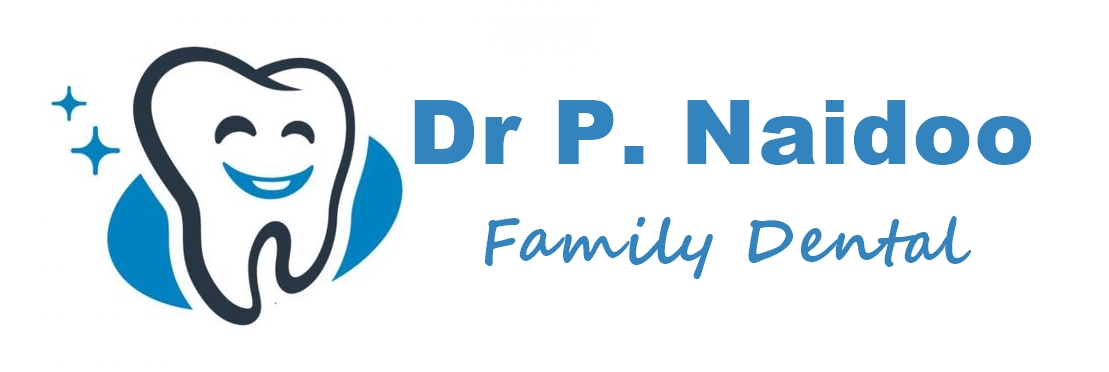
Dental X-Rays
Dental X-rays are an essential diagnostic tool that helps dentists see what cannot be observed during a regular oral examination. They provide detailed images of teeth, roots, jawbone, and surrounding tissues, enabling early detection and accurate treatment planning.
Why Are Dental X-Rays Needed?
Dental X-rays are recommended to:
Detect cavities between teeth
Assess the health of roots and bone structure
Monitor developing teeth in children
Identify impacted teeth or wisdom teeth issues
Plan treatments such as braces, implants, or extractions
Detect infections, cysts, or tumors
Types of Dental X-Rays
Bitewing X-Rays: Show details of upper and lower back teeth to detect cavities.
Periapical X-Rays: Focus on the entire tooth from crown to root for detailed assessment.
Panoramic X-Rays: Capture the entire mouth, including jaws and surrounding structures, in a single image.
Cone Beam CT (CBCT): 3D imaging for advanced planning of implants, orthodontics, or complex cases.
The Procedure
Quick, safe, and non-invasive
Uses minimal radiation with modern digital X-ray technology
Images are reviewed by the dentist to identify problems and plan treatment
Benefits of Dental X-Rays
Early detection of dental problems before symptoms appear
Accurate treatment planning for restorative, orthodontic, or surgical procedures
Helps maintain long-term oral health
Safe and efficient diagnostic tool
Safety Considerations
Dental X-rays use very low levels of radiation. Protective measures, such as lead aprons, are always used to ensure patient safety, including for children and pregnant patients.
